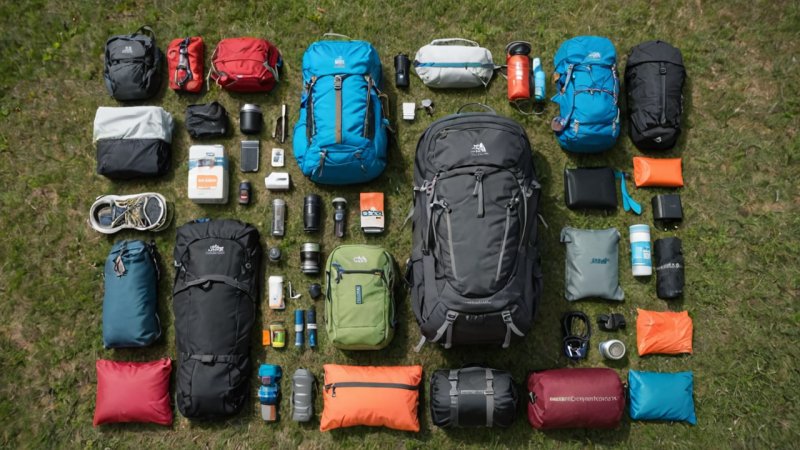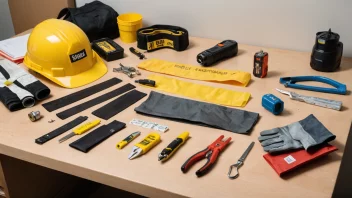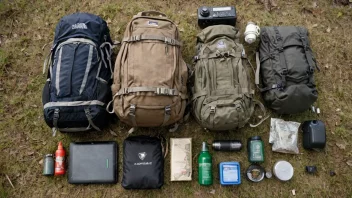Introduction
Packing a backpack efficiently can make a significant difference in your outdoor experience, whether you're hiking, camping, or traveling. In this article, you'll learn practical steps and tips to optimize your backpack space, ensuring comfort and accessibility while minimizing strain on your back. We'll cover the essentials of packing, organizing your gear, and how to adjust your load for the best results.
Step 1: Choose the Right Backpack
Before you can pack efficiently, you need to have the right backpack. Look for one that suits your needs based on the type of trip you’re planning. Consider the following:
- Size: Ensure it's big enough for your gear but not too large to cause unnecessary weight.
- Fit: The backpack should fit comfortably on your back, with padded straps and a hip belt.
- Pockets: Look for multiple compartments for organization.
Step 2: Gather Your Gear
Before packing, take stock of everything you plan to take. Lay out your gear, and categorize it into essential groups:
- Clothing: Layers, underwear, socks, and outerwear.
- Food and Cooking: Snacks, meals, cooking equipment.
- Emergency Supplies: First aid kit, tools, and safety gear.
- Personal Items: Toiletries, electronics, and entertainment.
Step 3: Organize Your Gear
Efficiency in packing comes from how well you organize your gear. Use packing cubes or ziplock bags to separate items:
- Clothing: Roll clothes to save space and reduce wrinkles.
- Food: Keep snacks and meals in accessible pouches.
- Tools: Store tools in a designated pocket to avoid clutter.
Step 4: Pack Strategically
When it’s time to pack, follow these guidelines:
- Heavy items first: Place heavier items like your tent or sleeping bag at the bottom of the backpack, close to your back.
- Medium weight in the center: Pack clothing and cooking gear in the middle for balance.
- Light items on top: Place lighter items like snacks and electronics at the top for easy access.
- Use external pockets: Store items you might need quickly, like a water bottle or map, in external pockets.
Step 5: Adjust Your Load
Once your backpack is packed, it’s crucial to adjust the load for comfort:
- Hip Belt: Fasten the hip belt to transfer some weight to your hips.
- Shoulder Straps: Adjust the shoulder straps so they fit snugly but don’t constrict your movement.
- Sternum Strap: Use the sternum strap to stabilize the load and keep the straps in place.
Step 6: Test Your Pack
Before heading out, do a test run:
- Walk Around: Put on your backpack and walk around your home or yard to gauge comfort.
- Make Adjustments: If your pack feels off-balance, make adjustments as needed.
Conclusion
Packing your backpack efficiently is a skill that can greatly enhance your outdoor adventures. By choosing the right backpack, organizing your gear, packing strategically, and adjusting your load, you'll be well-prepared for any outing. Remember to regularly reassess your packing techniques and gear as you gain experience. The more you practice, the better you’ll get at packing for maximum efficiency!






